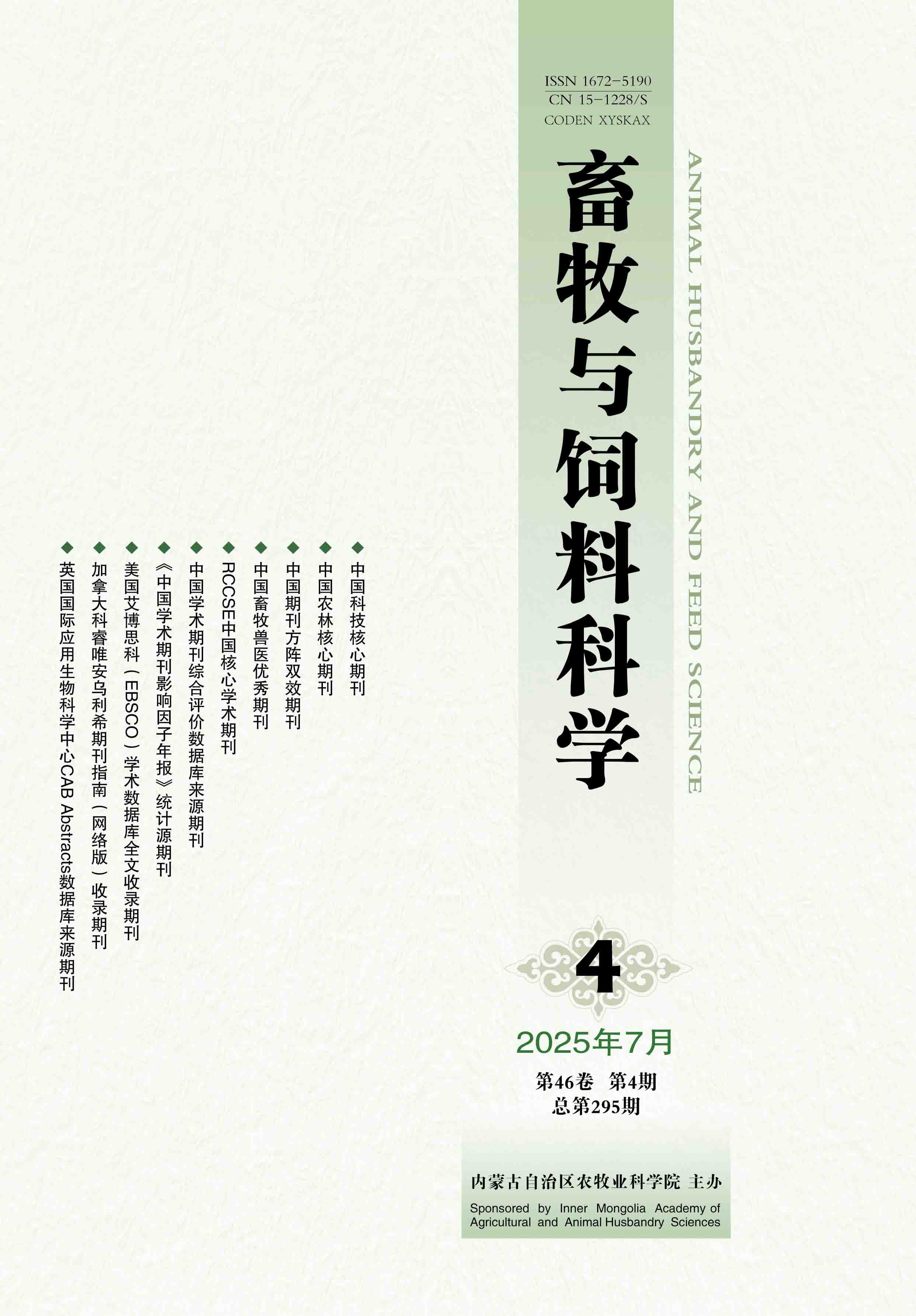Select
Comparison of Different Compound Bacterial Agents on Composting Fermentation of Sheep Manures
YUE Lin-fang, LI Yun-hua, CHENG Li-xin, Fengying, QIAO Jian-min, LIU Jia-sen, WANG Zhi-ming, Baohua, YU Zhao-hui, XUE Zhan-ling
2021, 42(5):
66-72.
doi:10.12160/j.issn.1672-5190.2021.05.012
Abstract
(
473 )
PDF (4120KB)
(
55
)
Save
References |
Related Articles |
Metrics
[Objective] To compare the effects of adding different compound bacterial agents on composting process of sheep manures. [Method] Four groups were set in this study. The blank group added no fermentation starters, the experimental group 1 was inoculated with the previously self-developed decomposing agent (NO.1), the experimental group 2 was inoculated with the optimized decomposing agent (NO.2), and the experimental group 3 was inoculated with a commercially available decomposing agent. The temperature, pH value, moisture content, E4 /E6 value and seed germination index of the composts in each group were determined at different fermentation periods, and the apparent characteristics such as color, odor and state of composts were recorded. [Result] During the composting process, the temperature rise rate of experimental group 2 was faster than that of the other three groups, and the lowest temperature rise rate was observed in blank group. At 35th d of fermentation, the moisture contents of the composts in experimental groups 1, 2, 3 and blank group reduced to 27.15%, 25.97%, 28.03% and 42.30%, respectively; the pH values of the composts in experimental groups 1, 2 and 3 were 8.03, 7.98 and 8.09, respectively, and the highest pH value (8.58) was found in blank group; the E4 /E6 values of the composts in experimental groups 1, 2 and 3 were 2.35, 1.80 and 2.53, respectively, and all of them were lower than that of blank group (3.00); the seed germination indexes of the composts in experimental groups 1, 2 and 3 were 94.5%, 108.5% and 101.3%, respectively, indicating that the composts in these groups were completely harmlessly treated (completely composted); the seed germination index of the composts in blank group was 75.3%, indicating that the composts in blank group were incompletely composted. At the end of fermentation, the composts in the 3 experimental groups were dark brown colored and loose shaped with white hyphae, and had no odor, no attraction of mosquitoes and flies, and no parasitic eggs, which further indicated that the composts were completely composted; the composts in blank group were dull brown colored, had slight odor, rough hand-feeling, sporadic masses, attraction of mosquitoes and flies, and parasitic eggs were found in deep layer, which further indicated that the composts were incompletely composted. [Conclusion] Adding compound microbial agents accelerates the composting process of sheep manures and completes the harmless treatment in advance; inoculation with the optimized decomposing agent (NO.2) have the highest seed germination index and maturity of composts, and performs better in accelerating the composting process.








